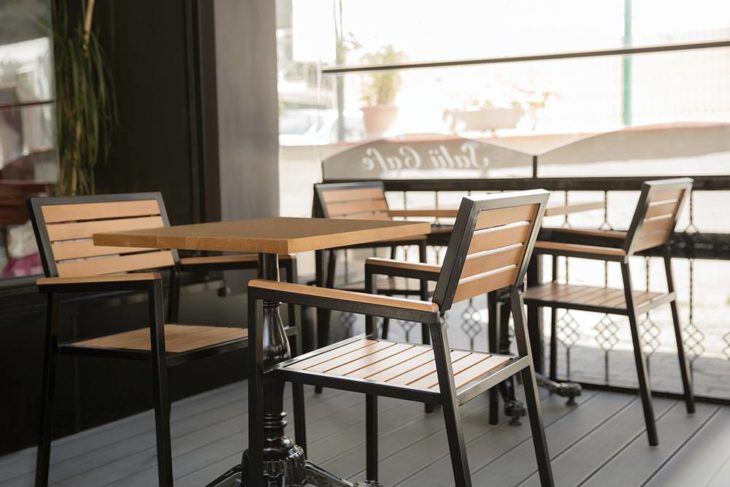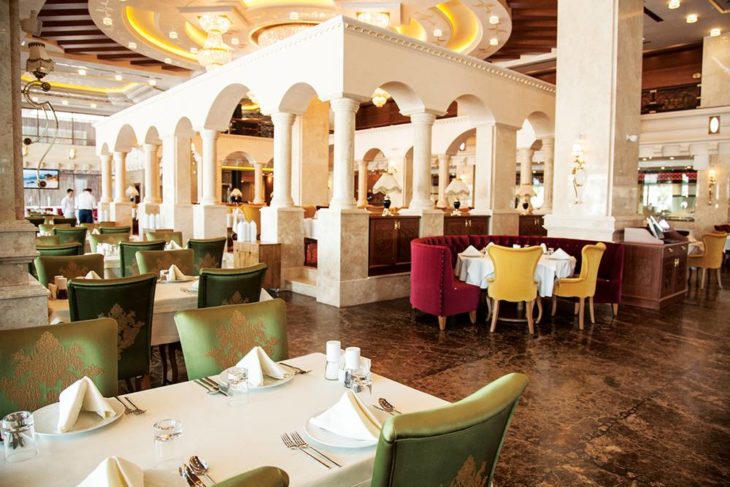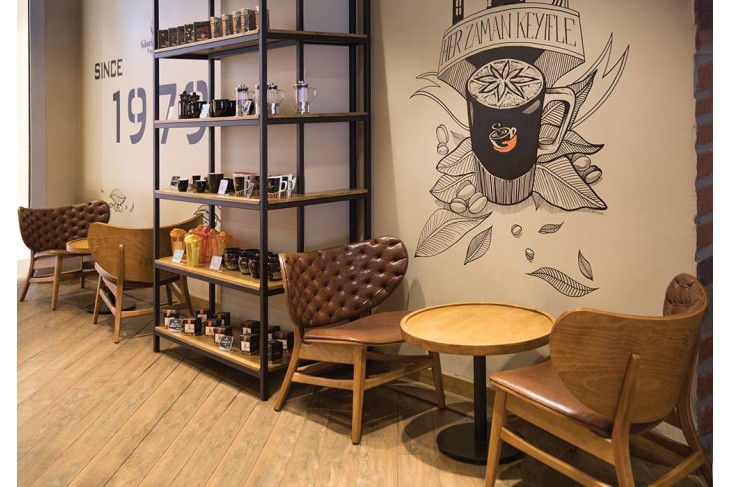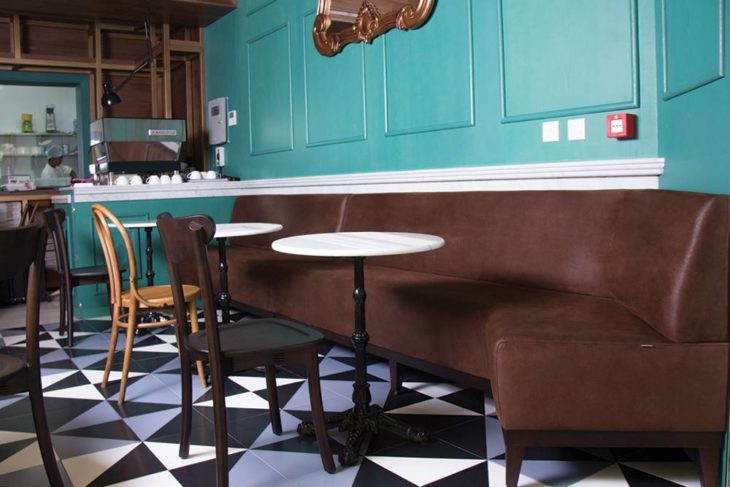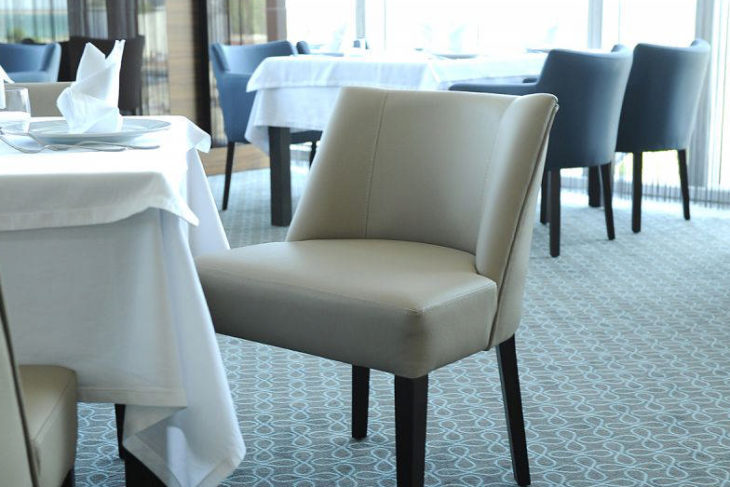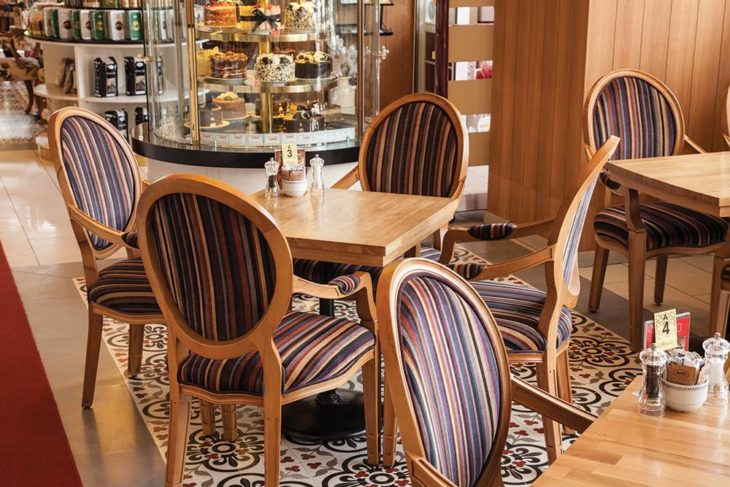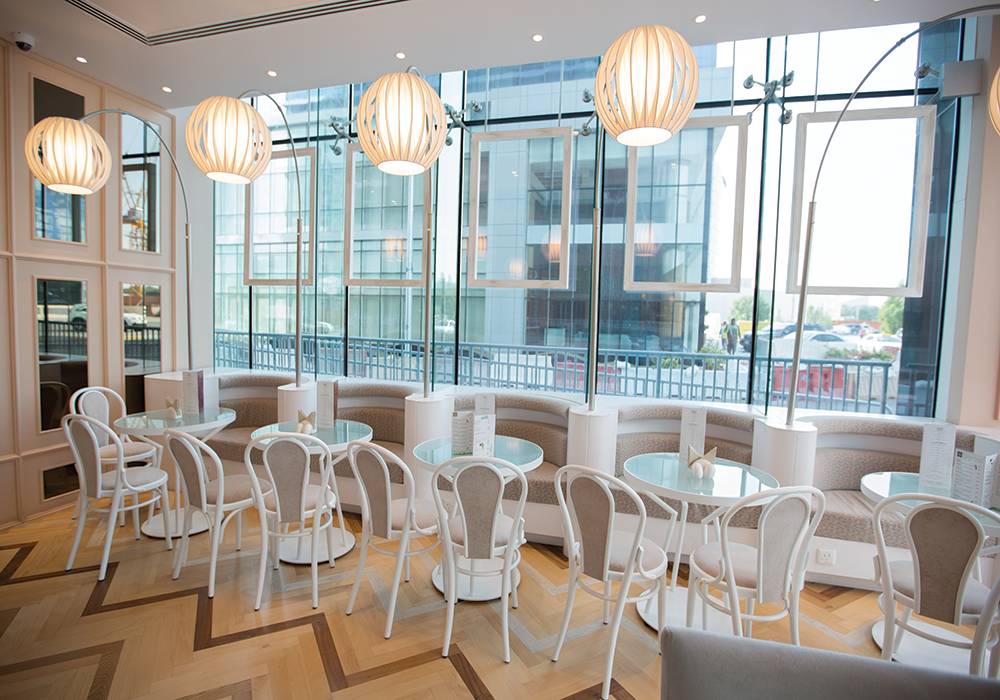
In any hotel setting towels are the items that guests use the most and most intimately. After they enter the room, the towel is often the first thing they touch and then the last before they leave. This article will briefly look at what defines quality in towels and what can be useful to know in buying them for hotel use.
Origins and Quality
Pure Egyptian cotton usually provides the best feeling of quality as it is softer than most other cotton. Cotton fibres originating in the ‘Nile Delta’ are longer and produce threads that are finer and able to be woven tightly together in 2-ply yarns that make for soft, strong and resilient towels. Whilst more expensive, in a trade environment these qualities can save money in the long term.
Turkish cotton towels are also produced using long fibres and are understood to be very absorbent and can provide more practicality. Pima Cotton has its origins in Peru, but now refers to a premium cotton largely from the Americas. The fibres here are usually not as long as with Egyptian cotton but Pima cotton is also known to be very absorbent, strong and long lasting.
Whilst not common practice, perhaps Egyptian cotton is better suited to the use by hand and face; whereas Turkish and Pima cotton are perhaps more useful for bath and beach towels.
Cotton blends with polyester fibres are cheaper and sometimes more durable, they are particularly useful in having less wrinkles after laundering. But they are rarely as soft or as absorbent as pure cotton and will inevitably give the impression of economy to the guest as they ‘feel’ the room for the first and maybe last time.
GSM and Combing
GSM stands for grams per square metre and indicates the weight of a towel. A high GSM number means a heavier towel which will absorb more moisture. 800 GSM is often cited as ‘hotel quality’ – where a luxurious feel is implied – but GSM of around 500 is commonly used in trade environments.
‘Combing’ is a production technique which removes the shorter fibres so that the towel will maintain its shape and structure – helpful in towels that will be used only briefly then laundered.
Sizes:
The three most common formats for towels are (approximately):
Hand Towels – 50 x 90cm;
Bath Towels -70 x 140 cm;
Bath Sheets – 100 x 150.
There are also leisure or ‘beach’ towels which can be useful to provide for guests if there are swimming facilities and should be of the hardest wearing quality, sized either to that of a bath towel or a bath sheet. Similarly, there are spa towels. Provided where there are gym/spa facilities on site.
Header Bars
Laundering towels is an essential part of housekeeping. Towel header bars are the strips across the tops of the towel where the weave is different from the rest of the fabric. Along with the general look and feel of the towel, these bars also provide an important means of quickly identifying towels. The number of bars can be used to rapidly identify what size towel is being taken from the wash. This speeds up laundering time, storage and placement in the hotel room. One bar for hand towels, two bars for bath towels and three bars for larger towels. The specific weave of the towel header bar can also be used to give the specific hotel towels an in-built label. So if out-sourced laundering mistakes occur, the towels belonging to a specific hotel can be identified.
